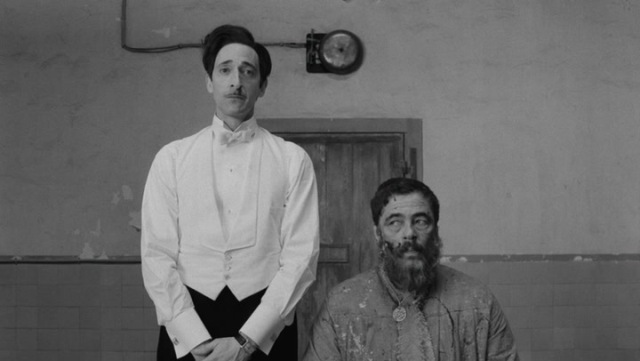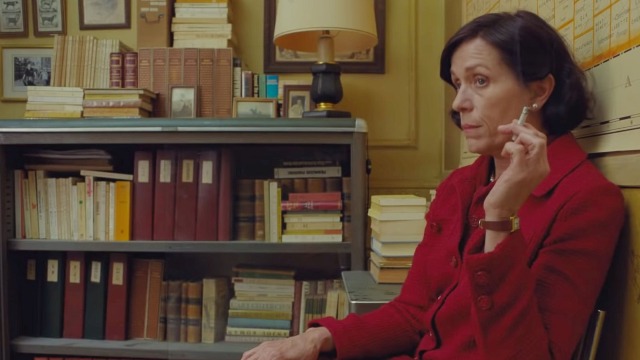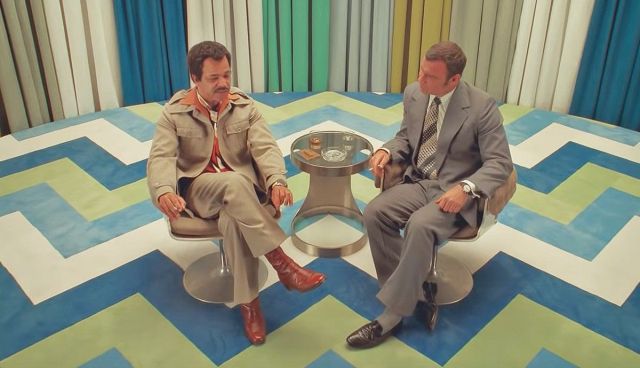Wes Anderson is a great master and artist who has a unique creative power to surprise and delight us with every new film, to keep his recognizable style and humor even when dealing with more serious topics. He is unique in his specific, strange characters and visual perfection, which makes every frame from his film fit into a picture frame. It is definitely one of the pillars of modern film art without which world cinema would be significantly poorer.
The French Dispatch aka The French Dispatch of the Liberty, Kansas Evening Sun. is his tenth feature film that can fit into the genre of anthological comedy. Anderson wrote the screenplay with three collaborators and, characteristic of him, gathered an impressive cast. Although planned for July last year, the film was moved to July this year due to the covid pandemic, when it premiered at the Cannes Film Festival, while it arrived in cinemas this fall.
The French Dispatch Review, Plot
The plot of the film is a film adaptation of three stories published in the latest issue of the magazine French dispatch edited by Arthur Howitzer (Bill Murray) and set in the fictional French city of Enui. The first segment, “Concrete Masterpiece”, follows the unstable artist Moses (Benicio del Toro), who received inspiration in prison, thanks to which he will become the most respected artist in the world. The second segment, “Revision of the Manifesto”, was inspired by the student protests of 1968 and follows the revolutionary Zephyrelli (Timothy Shalame), while the third, “Private Dining Room of the Police Commissioner”, follows the abduction of the police commissioner’s son.

The basic premise of the film is that the editor-in-chief of the magazine dies, and with him dies the magazine itself. This fact represents the emotional and thematic basis for a series of stories that are not narratively connected, so the film itself does not have a classic plot and unfolding. During the coverage of the story, there is a feeling of distant sadness, as well as nostalgia for some better times in which the journalistic text carried a certain strength and which will not return.
Wes Anderson is a filmmaker who has proven many times that his work does not need some elaborate plot in order for the film to function, that is, to be watchable. His specific style consists of mostly static camera settings and a series of geometrically precise and detailed shots in which this innovative filmmaker proves that he is very skilful with visual effects and colorful scenography. He easily manages to create special worlds in which he places numerous, diverse and strange characters who utter their sentences mostly emotionally neutral.
The French Dispatch is a film in which every shot exudes with how much self-confidence and joy it was shot. The author changes black-and-white and colorful cinematography, changes the scale of shots, uses drawings, while one scene of the chase is reserved for animated comics. Given that a good part of the dialogue takes place in French, it is unequivocal that Jacques Tati was either his direct inspiration or this film is a homage to his work.

Each story is reserved for the journalist who wrote it and who also serves as a narrator during stage recreation. The form of the narration is reduced to a short introduction, a presentation of the story and Arthur’s conversation with a journalist regarding the text itself. As with reading a particular magazine, hardly any story can be equally interesting, so this is the case with this film as well. This time, whether consciously or unconsciously, Anderson allowed his style to relatively overshadow any story or greater meaning that this anthology can or could possess.
Subjectively, and I believe that many will agree with me, the first story is the funniest, most interesting and most effective. In it, we follow a prisoner to whom prison guard Simon (Lea Sejdu) represents a muse and who will be artistically discovered by art dealer Julian (Adrien Brody), who is imprisoned for tax evasion. The second segment is mostly a bunch of unformed comic and thematic ideas, while the third story contains the simplest plot, but also an abundance of dynamic comedy in which Jeffrey Wright provides the most touching acting performance.

In my case, the impressive cast, intricate details, precise framing and chameleon palette of images managed to distract from the fact that each of the stories is relatively thin and lacks any material with which we can connect emotionally. I think that the reason (in this sense) for the unfulfilled potential lies in the fact that Anderson tried to charge too many topics, characters, references and events for ninety minutes, so there was simply no time for more elaboration of individual stories and characters.
The French Dispatch is an impressively realized aesthetic treat from a film in which the author pays homage to a certain era and type of journalism – an anthological comedy that is a little harder to follow, but which you should not miss if you are a fan of Wes Anderson’s meticulous aesthetics. Release date: October 22, 2021 (United States)
Final rating: 9/10
The French Dispatch movie cast and characters
- Benicio Del Toro as Moses Rosenthaler
- Adrien Brody as Julian Cadazio
- Tilda Swinton as J.K.L. Berensen
- Léa Seydoux as Simone
- Frances McDormand as Lucinda Krementz
- Timothée Chalamet as Zeffirelli
- Lyna Khoudri as Juliette
- Jeffrey Wright as Roebuck Wright
- Mathieu Amalric as The Commissaire
- Steve Park as Nescaffier(as Stephen Park)
- Bill Murray as Arthur Howitzer, Jr.
- Owen Wilson as Herbsaint Sazerac
- Bob Balaban as Uncle Nick
- Henry Winkler as Uncle Joe
- Lois Smith as Upshur ‘Maw’ Clampette
- Tony Revolori as Young Rosenthaler
- Denis Ménochet as Prison Guard
- Larry Pine as Chief Magistrate
source: IMDB